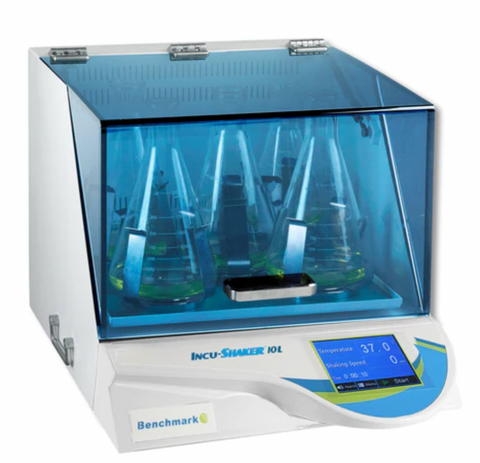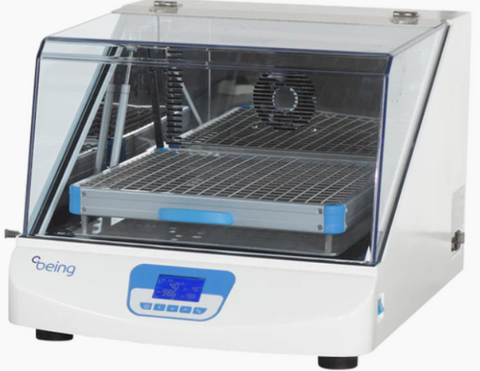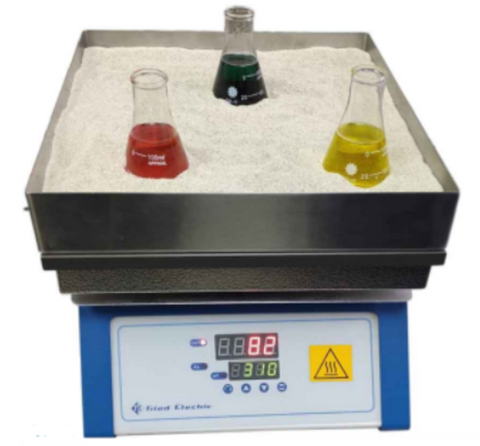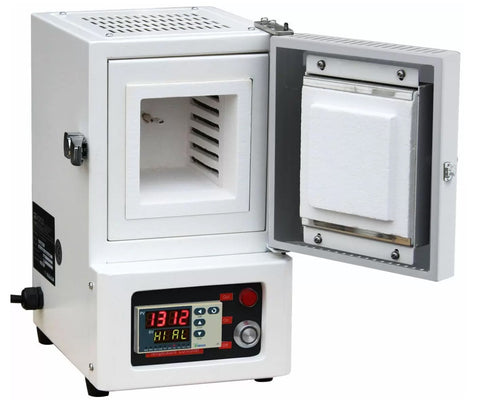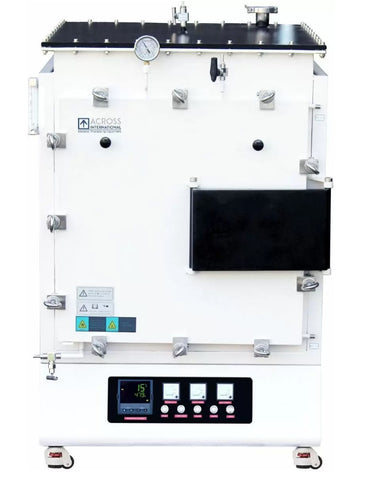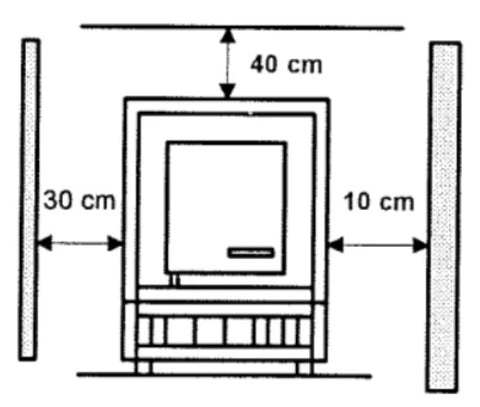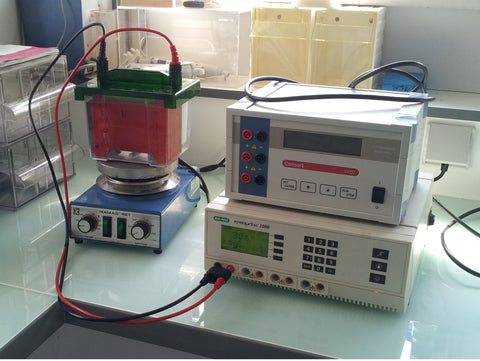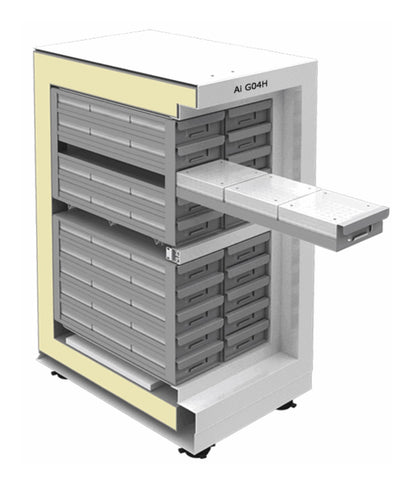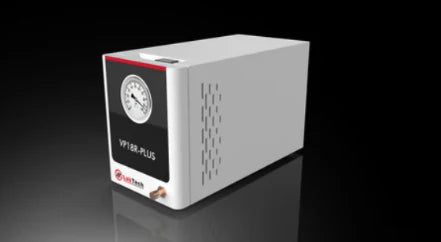Enzymatic and Mechanical Approaches for Mammalian Tissue Dissociation
By Kim McDonald, 21 January 2025
Efficiently dissociating tissue while preserving cellular integrity is a technically challenging process, often involving a combination of mechanical and enzymatic methods to prepare single-cell suspensions. There are a variety of protocols for tissue dissociation depending on the tissue and downstream application. One popular approach is using orbital shakers or shaking water baths in combination with enzymatic digestion. Non-enzymatic approaches often involve Read more ...
